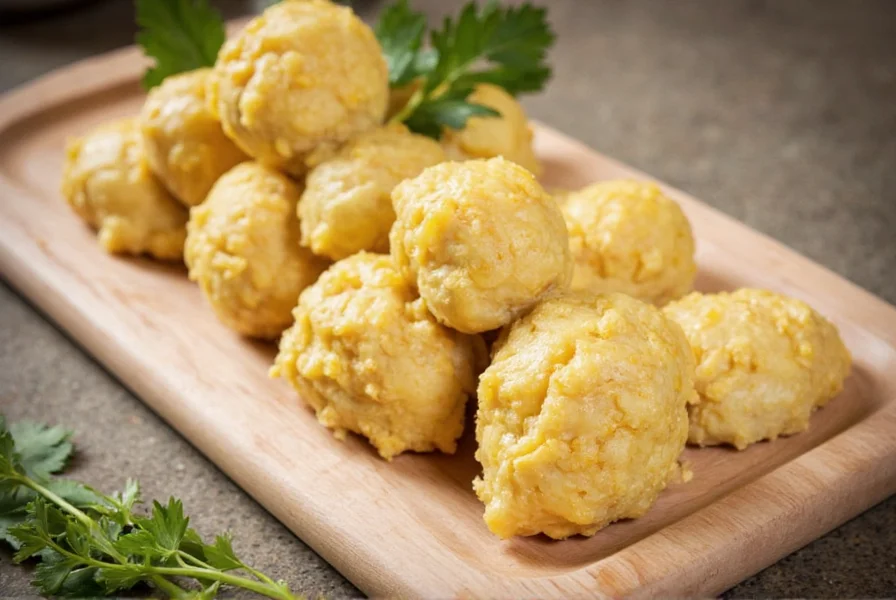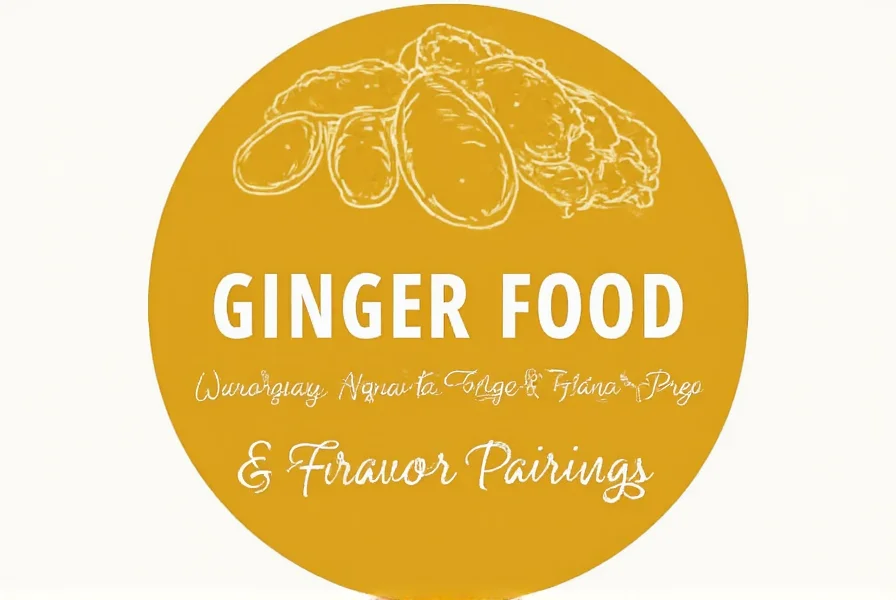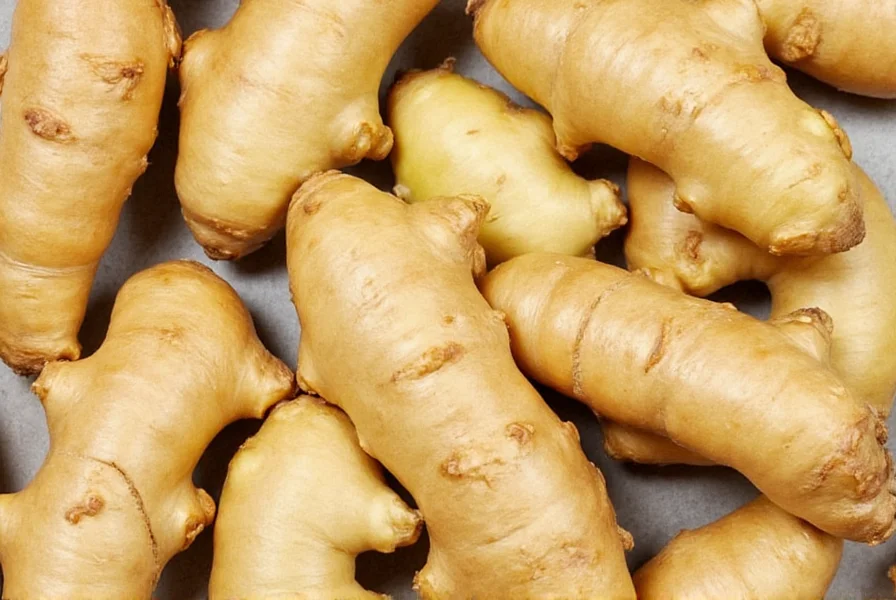Ginger transforms ordinary dishes into extraordinary culinary experiences through its unique flavor profile that balances heat, citrus notes, and subtle sweetness. Unlike powdered alternatives, fresh ginger provides vibrant, complex flavors that elevate everything from marinades and stir-fries to baked goods and beverages. Understanding how to properly select, store, and prepare ginger makes the difference between a dish with authentic depth and one with flat, one-dimensional flavor.
Understanding Ginger Varieties for Cooking
Ginger isn't a one-size-fits-all ingredient. Different varieties offer distinct flavor profiles and textures that work best in specific culinary applications:
| Ginger Type | Flavor Profile | Best Culinary Uses |
|---|---|---|
| Mature Ginger | Strong, pungent, fibrous | Stir-fries, curries, robust sauces |
| Young Ginger | Milder, juicier, less fibrous | Pickling, salads, delicate dishes |
| Preserved Ginger | Sweet-tart, tender | Desserts, chutneys, glazes |
| Dried Ginger Powder | Warmer, more concentrated | Baking, spice blends, dry rubs |
Selecting and Storing Fresh Ginger
Choosing quality ginger significantly impacts your culinary results. Look for firm roots with smooth, tight skin that feels heavy for its size. Avoid pieces with wrinkles, soft spots, or visible mold. The best ginger has a spicy, citrusy aroma when scratched.
Proper storage extends ginger's shelf life while preserving flavor:
- Refrigeration: Store unpeeled ginger in an airtight container with a paper towel to absorb moisture. Lasts 3-4 weeks.
- Freezing: Freeze whole or sliced ginger in a freezer bag. Grate frozen ginger directly into dishes without thawing.
- Vacuum sealing: Extends refrigerated storage to 6-8 weeks by preventing oxidation.

Mastering Ginger Preparation Techniques
How you prepare ginger affects both flavor intensity and texture in your dishes. Professional chefs employ specific techniques based on the desired outcome:
Cutting Methods and Their Impact
- Julienne (matchstick cuts): Ideal for stir-fries where ginger should maintain texture and provide bursts of flavor
- Minced: Best for marinades and sauces where you want ginger flavor without noticeable pieces
- Whole slices: Perfect for soups and braises where ginger infuses flavor but will be removed before serving
- Microplaned: Creates intense flavor distribution in dressings and delicate sauces
Peeling Ginger Without Waste
Use the edge of a spoon to gently scrape away ginger skin. This method removes only the thin outer layer while preserving the flavorful flesh beneath, reducing waste compared to traditional peelers. For young ginger with tender skin, washing thoroughly may eliminate the need for peeling entirely.
Ginger Across Global Cuisines
Ginger's culinary applications span continents, each culture developing unique preparation methods that highlight different aspects of its flavor profile:
Asian Culinary Traditions
In Japanese cuisine, young ginger (shin-shoga) appears pickled as gari to cleanse the palate between sushi pieces. Chinese cooking often combines ginger with garlic and scallions as the flavor foundation for stir-fries. Thai cuisine uses galangal (a ginger relative) in curry pastes, while fresh ginger appears in noodle dishes and dipping sauces.
Indian and Middle Eastern Applications
Indian cuisine features ginger in nearly all savory dishes, often combined with garlic in the form of "adrak lehsun" paste. Middle Eastern cooking incorporates ginger into spice blends like baharat and uses it to enhance lamb dishes and rice pilafs. Moroccan tagines frequently include ginger for its warming properties.
Caribbean and Western Adaptations
Caribbean jerk seasoning relies on fresh ginger for its characteristic heat. Western baking traditions use ginger in gingerbread, snaps, and spice cakes, while contemporary chefs create ginger-infused oils and syrups for modern applications.

Optimal Flavor Pairings with Ginger
Ginger's complex flavor profile complements specific ingredients that enhance its natural characteristics:
- With citrus: Lemon, lime, and orange brighten ginger's spicy notes while adding complementary acidity
- With alliums: Garlic and shallots create a flavor foundation that supports ginger's warmth
- With sweet elements: Honey, maple syrup, and brown sugar balance ginger's heat in glazes and marinades
- With proteins: Works exceptionally well with chicken, salmon, pork, and shellfish
- With spices: Pairs beautifully with turmeric, cardamom, and black pepper
Cooking with Different Ginger Forms
Understanding when to use each ginger form ensures optimal flavor in your dishes:
Fresh Ginger vs. Ground Ginger
Fresh ginger provides brighter, more complex flavor with citrus notes that dried ginger lacks. Use fresh for dishes where ginger is a featured flavor component. Ground ginger works better in baked goods where its warmer, more concentrated flavor blends throughout. When substituting, use 1/4 teaspoon ground ginger for every 1 tablespoon fresh.
Preserved and Crystallized Options
Candied ginger adds sweetness and chewy texture to baked goods and trail mixes. Pickled ginger (gari) serves as a palate cleanser. Ginger syrup works beautifully in cocktails and desserts. Each form brings unique properties that can't be replicated by fresh ginger alone.
Practical Ginger Cooking Tips
Professional chefs employ these techniques to maximize ginger's culinary potential:
- Add ginger early in cooking for milder flavor infusion, later for more pronounced heat
- Freeze peeled ginger chunks for easy grating directly into dishes
- Create ginger oil by gently heating sliced ginger in neutral oil, then straining
- Make ginger paste by blending with minimal water for consistent flavor in sauces
- Use ginger in fruit salads to enhance sweetness and add complexity
Frequently Asked Questions
Can I substitute ground ginger for fresh ginger in recipes?
Yes, but with important considerations. Use 1/4 teaspoon ground ginger for every 1 tablespoon fresh ginger. Ground ginger provides warmer, more concentrated flavor without the bright citrus notes of fresh ginger. It works best in baked goods and spice blends, while fresh ginger excels in savory dishes where its complex flavor profile shines.
How can I reduce the strong heat of ginger in a dish?
To moderate ginger's heat, add it early in the cooking process as prolonged heating reduces pungency. You can also balance with sweet elements like honey or coconut milk, or acidic components like citrus juice. Removing ginger pieces after they've infused flavor (in soups or braises) prevents continued heat extraction. Young ginger naturally has milder heat than mature roots.
What's the best way to peel ginger without wasting flesh?
Use the edge of a spoon to gently scrape away the skin. This technique removes only the thin outer layer while preserving the flavorful flesh beneath, significantly reducing waste compared to traditional vegetable peelers. For young ginger with tender skin, thorough washing may eliminate the need for peeling entirely.
Which dishes showcase ginger as the primary flavor?
Ginger shines as the star ingredient in ginger tea, ginger snaps, gingerbread, and ginger ale. In savory applications, Korean ginger scallion sauce, Japanese gari (pickled ginger), and Thai ginger chicken highlight its distinctive flavor. Fresh ginger also dominates in ginger-infused oils, syrups, and certain curry pastes where it comprises a significant portion of the blend.











 浙公网安备
33010002000092号
浙公网安备
33010002000092号 浙B2-20120091-4
浙B2-20120091-4